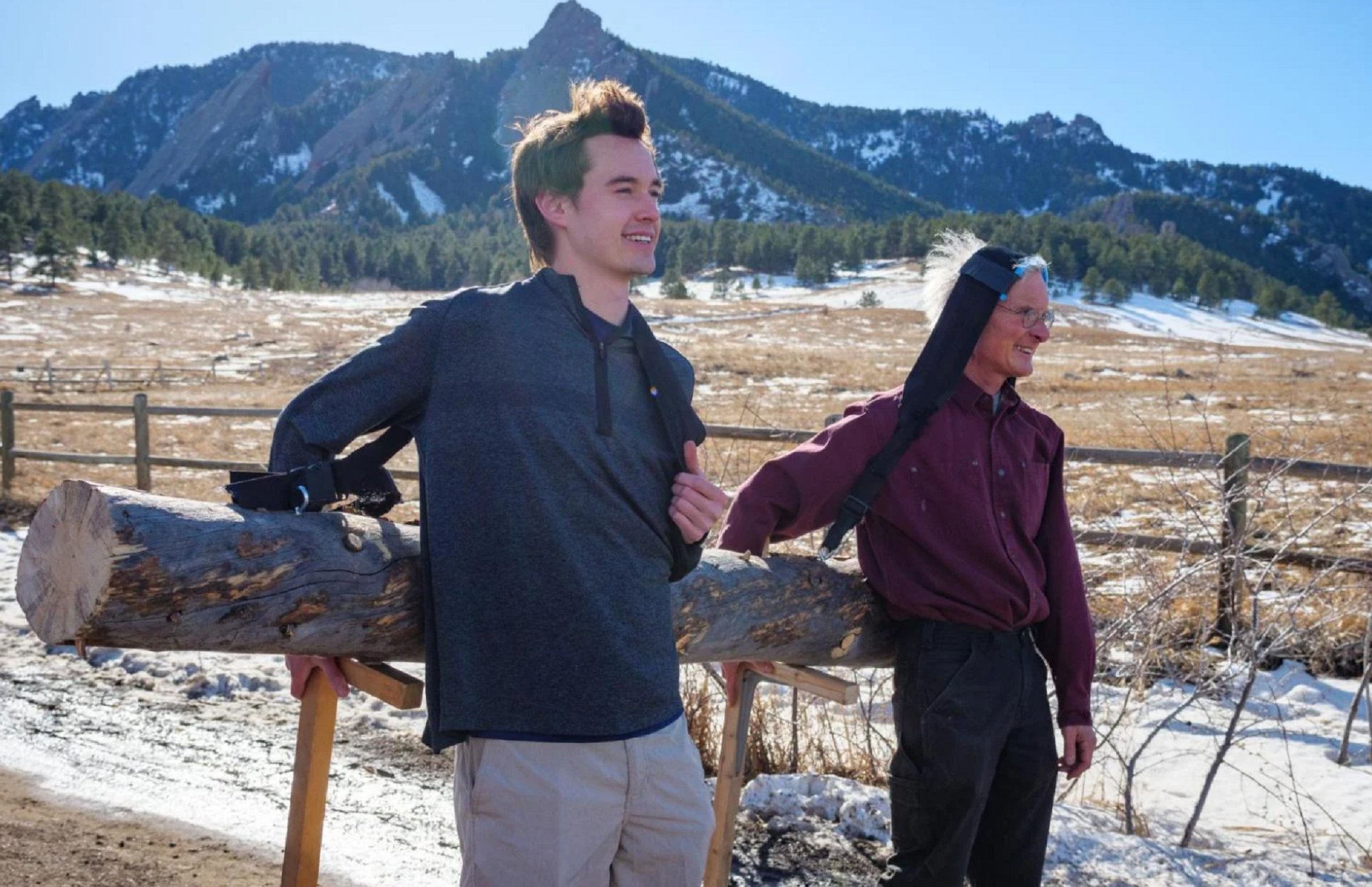

New Mexico’s Chaco Canyon is home to some of the most impressive pre-Columbian architecture in the Western Hemisphere. Its wide roads, circular ritual sites called kivas, and sprawling complexes called great houses remain an engineering spectacle for modern society, given the tools anthropologists think were used to create them. It’s also home to a great mystery—large pieces of timber used as support beams all across the complex.
The ancestral Puebloans that called Chaco Canyon home a millennium ago used more than 200,000 pieces of timber to construct their buildings, with weights estimated between 185 and 605 pounds per log. But the area around Chaco Canyon is a dry, arid climate that likely didn’t have many high-quality, usable trees. And indeed, in 2001, tree-ring experts at the University of Arizona used chemical analyses to pinpoint that the wood was sourced from mountain ranges up to 46 miles away. But that finding left them with even more questions.

Since then, experts have considered many different carrying methods to explain just how the Chaco Canyon residents carried the timber so far without beasts of burden like horses or even wheels to help. Now a new study published on February 22 in the Journal of Archaeological Science presents a reasonable explanation: The Puebloans used a simple piece of fabric looped around their heads.
A tumpline refers to a strap attached on both ends to a sack of equipment like a basket or a backpack. But instead of carrying it over their shoulders, the ancient log bearers would have placed it on their heads, just behind the hairline. Then, by leaning forward, the carriers distributed the weight of their cargo down the neck and spine. Anthropologists know that pre-Columbian cultures in America used tumplines woven from plant fibers to transport heavy loads, but up until recently, had never tested the method on the Chaco Canyon timbers.
That is, until three physiology researchers from the University of Colorado Boulder decided to test it locally themselves. Over the course of 70 days, they trained to properly wear and use a tumpline to move increasingly heavy material. By the end of the regimen, they were able to carry 66 pounds by themselves for an hour with no pain whatsoever. Then, they tested it in pairs. Because the timbers at Chaco Canyon are too large to be feasibly carried vertically, two of the authors attached their tumpline around each end of a 132-pound ponderosa pine log and carried it parallel to the ground for 15.5 miles. The journey took over 9 hours and 44 minutes (with multiple breaks, of course).

The authors reported that their average walking speed only dropped 10 percent when carrying the log, and that overall, the method was surprisingly easy to learn. Although there is no explicit proof that tumplines were used to transport the massive logs the Chacoans used for construction, the feasibility of their approach requires less work than any other tactic proposed.
Next up for the researchers? Moving materials along the full distance from the timber’s sources in the mountains of New Mexico to the Chaco Canyon using nothing but tumplines and their heads.
